Refine search
Actions for selected content:
313 results in Books and Monographs

Military Elite in Thai Politics
- Brief Biographical Data on the Officers in the Thai Legislature
-
- Published by:
- ISEAS–Yusof Ishak Institute
- Published online:
- 21 October 2015
- Print publication:
- 01 January 1984
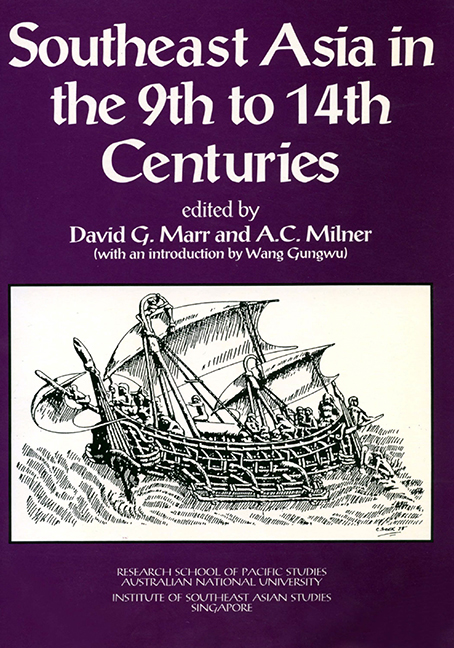
Southeast Asia in the 9th to 14th Centuries
-
- Published by:
- ISEAS–Yusof Ishak Institute
- Published online:
- 21 October 2015
- Print publication:
- 01 January 1986

Burma
- Literature, Historiography, Scholarship, Language, Life, and Buddhism
-
- Published by:
- ISEAS–Yusof Ishak Institute
- Published online:
- 21 October 2015
- Print publication:
- 01 January 1985
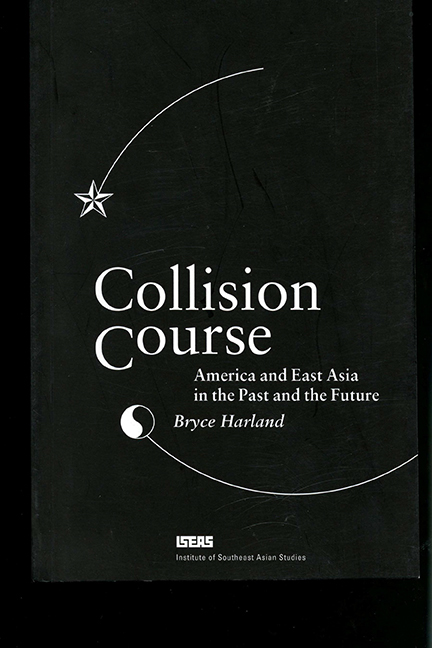
Collision Course
- America and East Asia in the Past and the Future
-
- Published by:
- ISEAS–Yusof Ishak Institute
- Published online:
- 21 October 2015
- Print publication:
- 01 April 1986

Where in the World is the Philippines?
- Debating Its National Territory
-
- Published by:
- ISEAS–Yusof Ishak Institute
- Published online:
- 21 October 2015
- Print publication:
- 29 December 2010

Islamism and Democracy in Indonesia
- Piety and Pragmatism
-
- Published by:
- ISEAS–Yusof Ishak Institute
- Published online:
- 21 October 2015
- Print publication:
- 27 April 2010

Islamism in Indonesia
- Politics in the Emerging Democracy
-
- Published by:
- ISEAS–Yusof Ishak Institute
- Published online:
- 21 October 2015
- Print publication:
- 25 November 2009

Asian Maritime Power in the 21st Century
- Strategic Transactions China, India and Southeast Asia
-
- Published by:
- ISEAS–Yusof Ishak Institute
- Published online:
- 21 October 2015
- Print publication:
- 18 January 2011
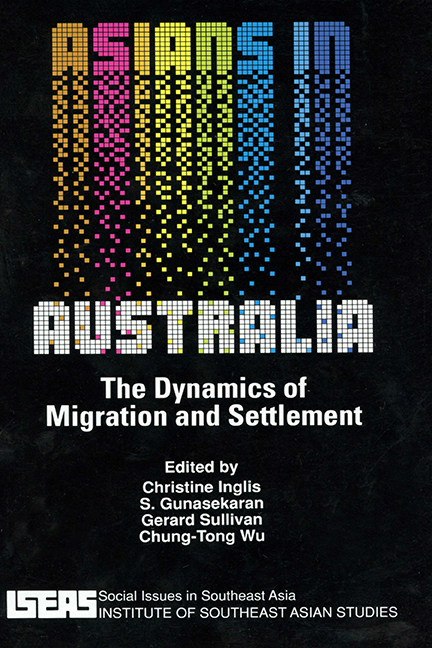
Asians in Australia
- The Dynamic of Migration and Settlement
-
- Published by:
- ISEAS–Yusof Ishak Institute
- Published online:
- 21 October 2015
- Print publication:
- 01 January 1992

Shari'a and Politics in Modern Indonesia
-
- Published by:
- ISEAS–Yusof Ishak Institute
- Published online:
- 21 October 2015
- Print publication:
- 25 March 2003

Myanmar in ASEAN
- Regional Cooperation Experience
-
- Published by:
- ISEAS–Yusof Ishak Institute
- Published online:
- 21 October 2015
- Print publication:
- 05 January 2005

Ethnic Relations and Nation-Building in Southeast Asia
-
- Published by:
- ISEAS–Yusof Ishak Institute
- Published online:
- 21 October 2015
- Print publication:
- 16 April 2004
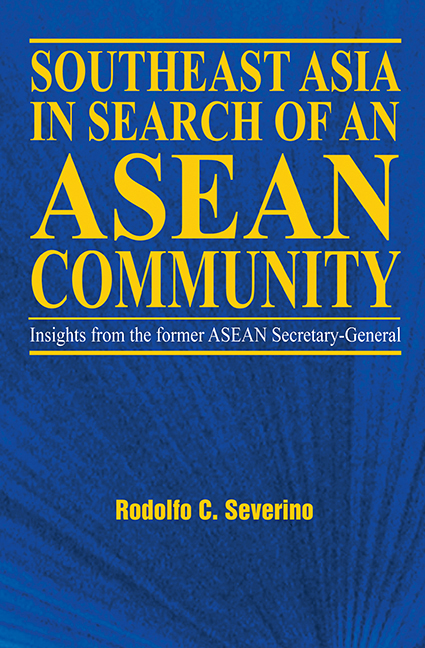
Southeast Asia in Search of an ASEAN Community
-
- Published by:
- ISEAS–Yusof Ishak Institute
- Published online:
- 21 October 2015
- Print publication:
- 19 September 2006

Different Societies, Shared Futures
- Australia, Indonesia and the Region
-
- Published by:
- ISEAS–Yusof Ishak Institute
- Published online:
- 21 October 2015
- Print publication:
- 17 May 2006

Singapore-Malaysia Relations under Abdullah Badawi
-
- Published by:
- ISEAS–Yusof Ishak Institute
- Published online:
- 21 October 2015
- Print publication:
- 22 June 2006

Indonesian Muslim Intelligentsia and Power
-
- Published by:
- ISEAS–Yusof Ishak Institute
- Published online:
- 21 October 2015
- Print publication:
- 04 April 2008

Sustainability of Thailand's Competitiveness
- The Policy Challenges
-
- Published by:
- ISEAS–Yusof Ishak Institute
- Published online:
- 21 October 2015
- Print publication:
- 19 October 2010

Cheng Ho and Islam in Southeast Asia
-
- Published by:
- ISEAS–Yusof Ishak Institute
- Published online:
- 21 October 2015
- Print publication:
- 26 June 2009
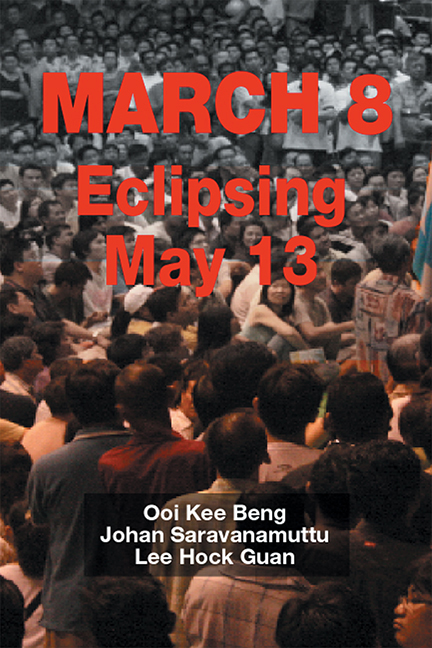
March 8
- Eclipsing May 13
-
- Published by:
- ISEAS–Yusof Ishak Institute
- Published online:
- 21 October 2015
- Print publication:
- 26 November 2008

Legacy of Engagement in Southeast Asia
-
- Published by:
- ISEAS–Yusof Ishak Institute
- Published online:
- 21 October 2015
- Print publication:
- 25 September 2008
